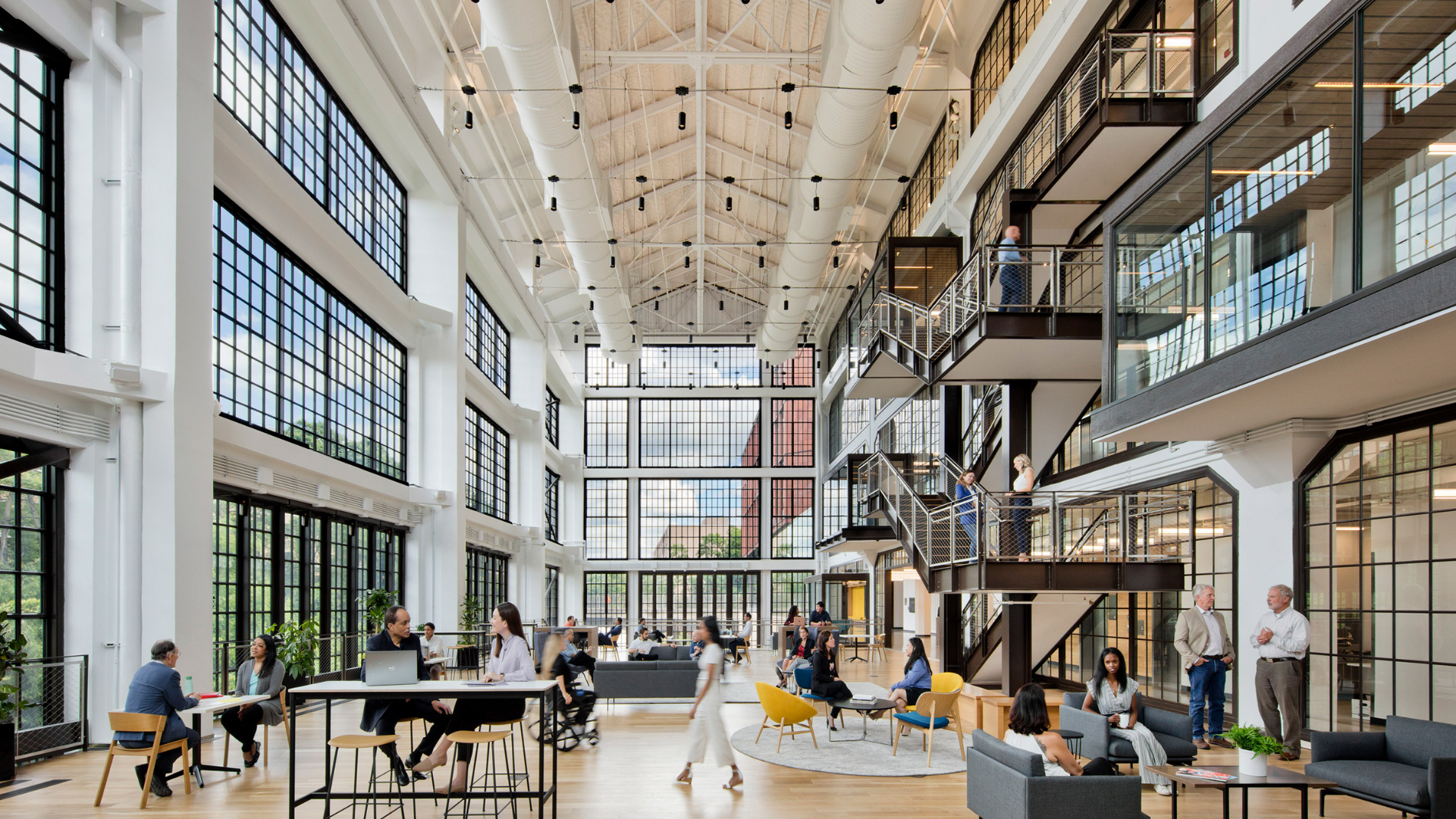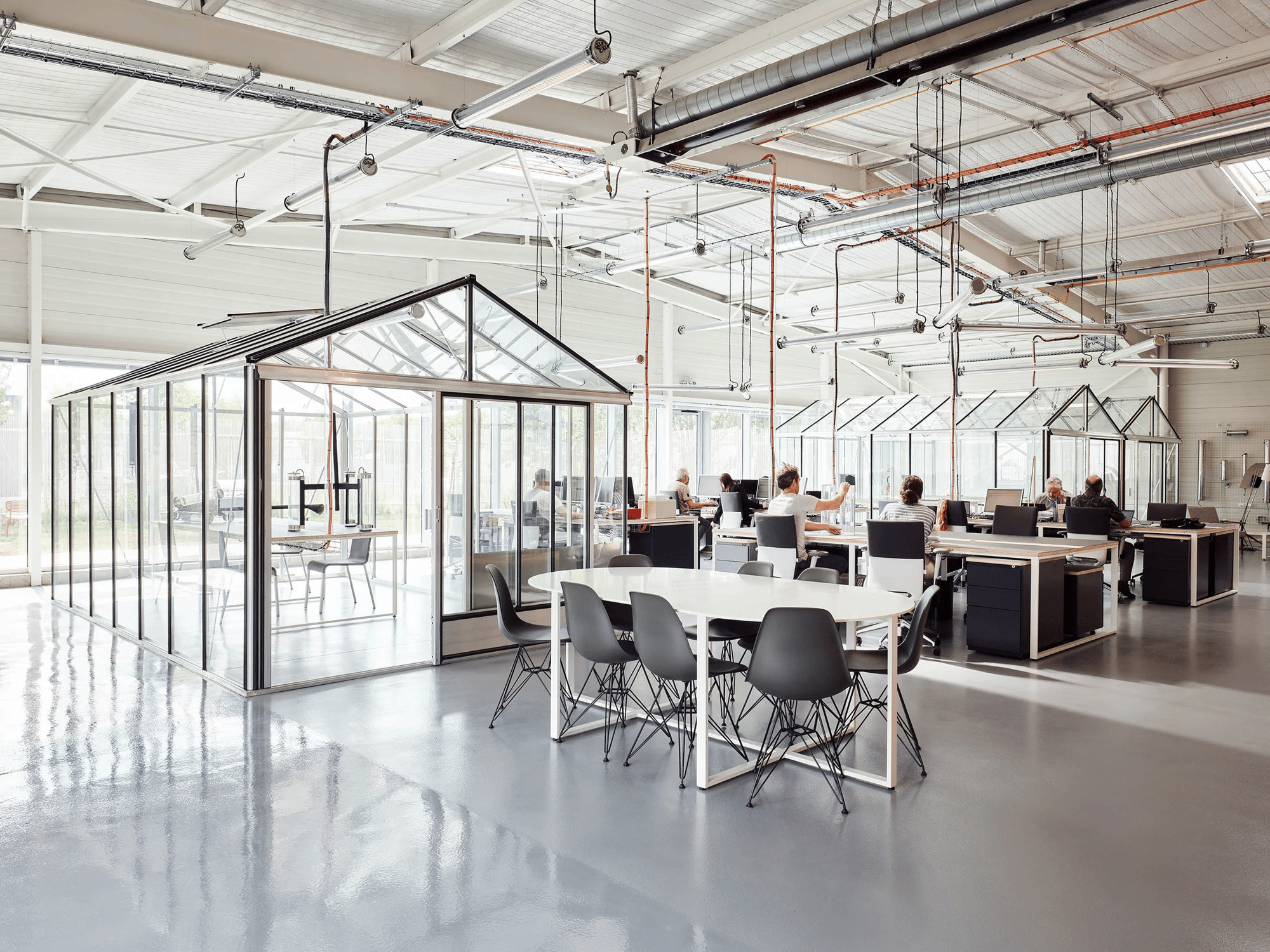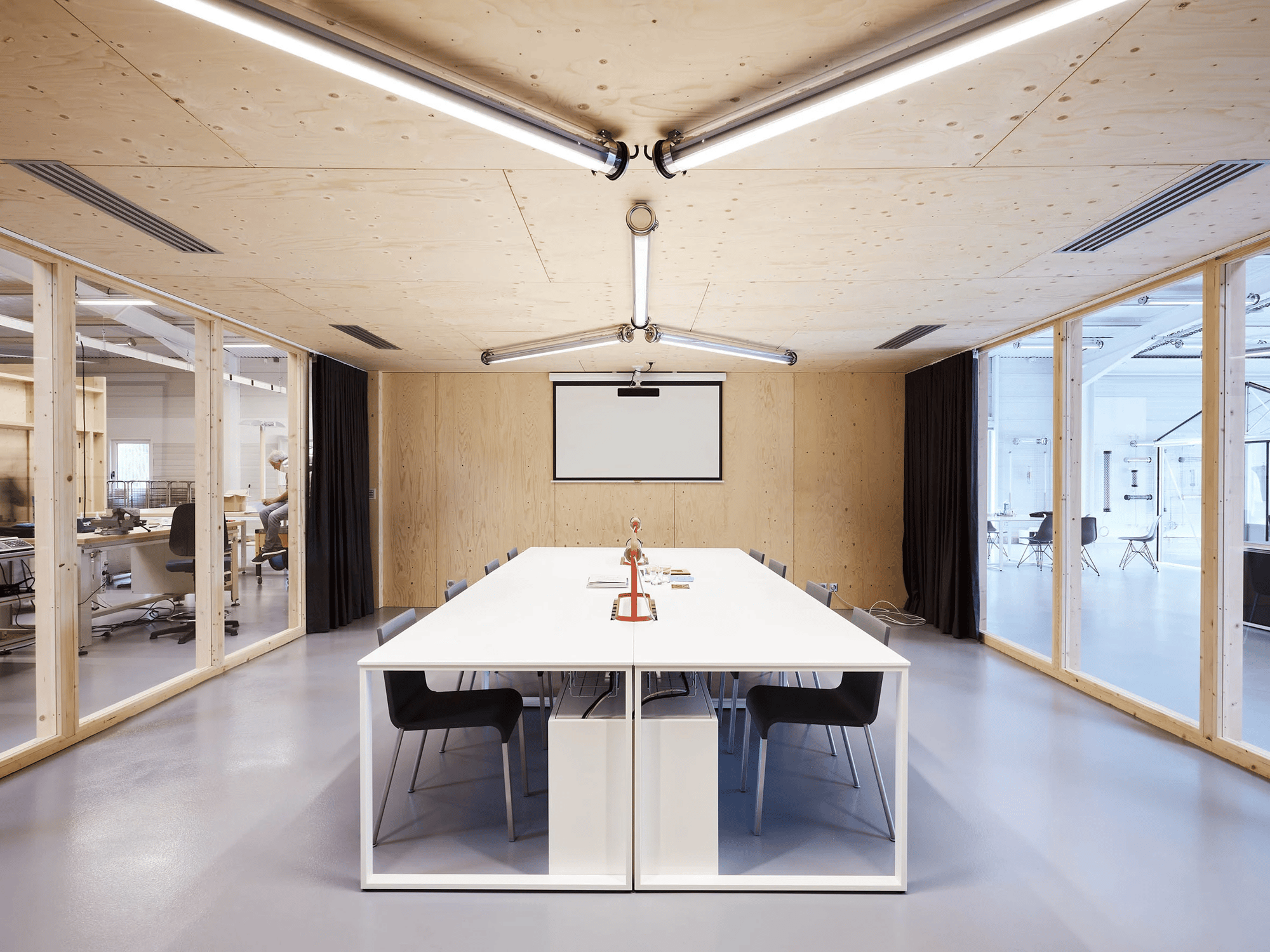HOW TO DESIGN A WELL ACCREDITED SPACE
The WELL Building Standard stands as a beacon, guiding architects, builders, designers, facility managers, and property owners toward enhancing their built environment to cultivate spaces that champion physical health and emotional wellbeing. Grounded in seven years of meticulous research on the benefits enjoyed by individuals within buildings, this standard is poised to transform your workplace. Let's delve into how embracing a WELL accredited office can translate into heightened employee productivity, streamlined processes, and enriched customer engagement.

ARE YOU IN SEARCH FOR A HEALTHIER AND HAPPIER OFFICE ENVIRONMENT?
Look no further than a WELL accredited office.
EMBRACING THE SIGNIFICANCE OF WELL ACCREDITATION IN MODERN OFFICES
As businesses increasingly prioritize employee wellness, the WELL accreditation emerges as a pivotal certification showcasing a company's dedication to crafting a healthy office environment. The WELL Building Standard encompasses factors ranging from air quality and water purity to lighting, acoustics, and the availability of wholesome food choices. Attaining WELL accreditation demands unwavering commitment and effort from a company's leadership. Yet, the rewards are profound - research demonstrates that workplaces boasting WELL Certification witness elevated employee satisfaction, enhanced productivity, and reduced absenteeism rates. In essence, investing in WELL accreditation not only nurtures employees but also fortifies a company's bottom line.
delving into the essence of a well accredited office
Realizing WELL accreditation for an office transcends mere checklist completion; it embodies a comprehensive certification scrutinizing various facets of a building's design and performance, including air quality, lighting, acoustics, and ergonomics. What sets WELL apart is its unwavering focus on human health and wellbeing. By endorsing healthy behaviors like physical activity and stress mitigation, WELL endeavors to elevate employee productivity, retention, and satisfaction. To secure a WELL-certified office, businesses must adopt a holistic approach to workplace design and management, meticulously considering every detail shaping their employees' health and wellness. This holistic approach encompasses not only the physical attributes of the workspace but also initiatives promoting mental and emotional wellbeing.
Ultimately, a WELL accredited office isn't merely a badge of honor; it's a testament to a company's unwavering commitment to fostering a healthy and supportive work environment.

UNVEILING THE BENEFITS OF A WELL ACCREDITED OFFICE
A WELL Accredited office yields a plethora of advantages for both employees and employers alike. This certification signifies adherence to stringent standards concerning air and water quality, lighting, fitness amenities, and other health-related factors. A WELL Accredited environment can catalyze productivity and wellness among employees, potentially mitigating sickness, absenteeism, and turnover rates. For employers, WELL certification can amplify brand image, bolster tenant satisfaction, and invigorate sustainability initiatives. Furthermore, WELL certifications hold global recognition, making them an enticing option for companies with a global footprint. Overall, a WELL accredited office emerges as a judicious investment poised to wield significant influence on the health and wellbeing of a company's most precious asset – its employees.
navigating the journey to well CERTIFICATION
The road to WELL certification is arduous and meticulous, necessitating profound comprehension of building design, operations, and management. Serving as the pinnacle standard for buildings prioritizing human health and wellness, achieving WELL certification represents a noteworthy milestone for any building endeavor. Buildings vying for WELL certification must undergo a rigorous review and testing process, encompassing aspects such as air quality, water quality, lighting, acoustics, access to nature, thermal comfort, and more. This journey mandates a dedicated team of professionals hailing from diverse backgrounds, including architects, engineers, building owners, and tenants. The process involves not only the initial certification but also ongoing monitoring and optimization to ensure continued compliance and efficacy.
The outcome? A healthier, more productive, and sustainable environment for building occupants, culminating in mutual benefits for all stakeholders involved.

CRAFTING A HEALTHY WORKSPACE: TIPS FOR SUCCESS
In today's frenetic work landscape, nurturing a healthy workspace is imperative. A clutter-free and organized office environment fosters heightened productivity while curbing stress levels, nurturing both physical and mental health. Initiatives like decluttering workspaces, adopting ergonomic office furniture, and integrating natural elements such as plants can significantly elevate the quality of a workspace. Employers must ensure that their workspace design prioritizes comfort, adequate lighting, and sufficient space while incorporating elements conducive to improved air quality and stress reduction. Encouraging regular breaks and incorporating movement throughout the workday is pivotal in thwarting the adverse effects of prolonged sitting. Additionally, fostering a culture of open communication and support can contribute to a positive work environment where employees feel valued and empowered.
EXAMPLES OF GLOBALLY RECOGNISED WELL ACCREDITED OFFICES
In today's global arena, businesses striving for excellence seek accreditations that underscore their unwavering commitment to excellence. Exemplary WELL accredited offices worldwide include the JLL office in London, boasting a BREEAM Outstanding certification for its sustainable practices, and the Deloitte office in Amsterdam, adorned with a WELL Gold certification for prioritizing the health and wellbeing of its employees. Additionally, the Microsoft office in Redmond, Washington, shines with its LEED Platinum certification, emblematic of its energy efficiency and resource conservation endeavors. These illustrious accolades epitomize not only these companies' dedication to sustainability but also their relentless pursuit of fostering a healthy and productive office environment for their workforce.





PAVING THE WAY TO A HEALTHIER WORKLACE
In conclusion, the WELL Accreditation stands as a beacon, illuminating the path toward crafting a healthier office environment for all employees. It champions physical, mental, and emotional wellbeing, ushering in a productive workspace that prioritizes health and safety over mere production. With attainable standards and a concerted effort, any office building can seamlessly attain WELL Accreditation by implementing measures conducive to optimal air quality, access to natural light, and provision of healthy food options. By adhering to these principles, offices can reap the rewards of heightened morale among workers and enhanced efficiency. However, achieving certification in this realm demands substantial resources and time commitment from management, particularly concerning operational changes and structural modifications.
As we survey the landscape, the benefits of WELL Accreditation are palpable – from fostering happier, healthier employees to cultivating countless other positives. With sustained dedication and unwavering effort, any company harbors the potential to secure certification from The International WELL Building Institute, fortifying its commitment to promoting a healthier, more sustainable future. By embracing the WELL Accreditation, companies can transform their offices into vibrant, thriving hubs of productivity and wellbeing, setting a new standard for workplace excellence in the modern era.
READ OUR WORKPLACE GUIDE
HOW MUCH DOES A COMMERCIAL FIT-OUT COST IN 2024?
In 2024, the overall cost of an office fit out will vary depending on a variety of factors including size and scope, materials used, labour costs and finishes. Companies may also encounter unexpected costs related to site access and regulatory requirements. Planning ahead can help manage the costs of a commercial fit out as this will allow for research into suitable materials and suppliers, meaning it is important to do detailed research before making any decisions.
.png)
LET'S TALK ABOUT YOUR NEXT REQUIREMENT

